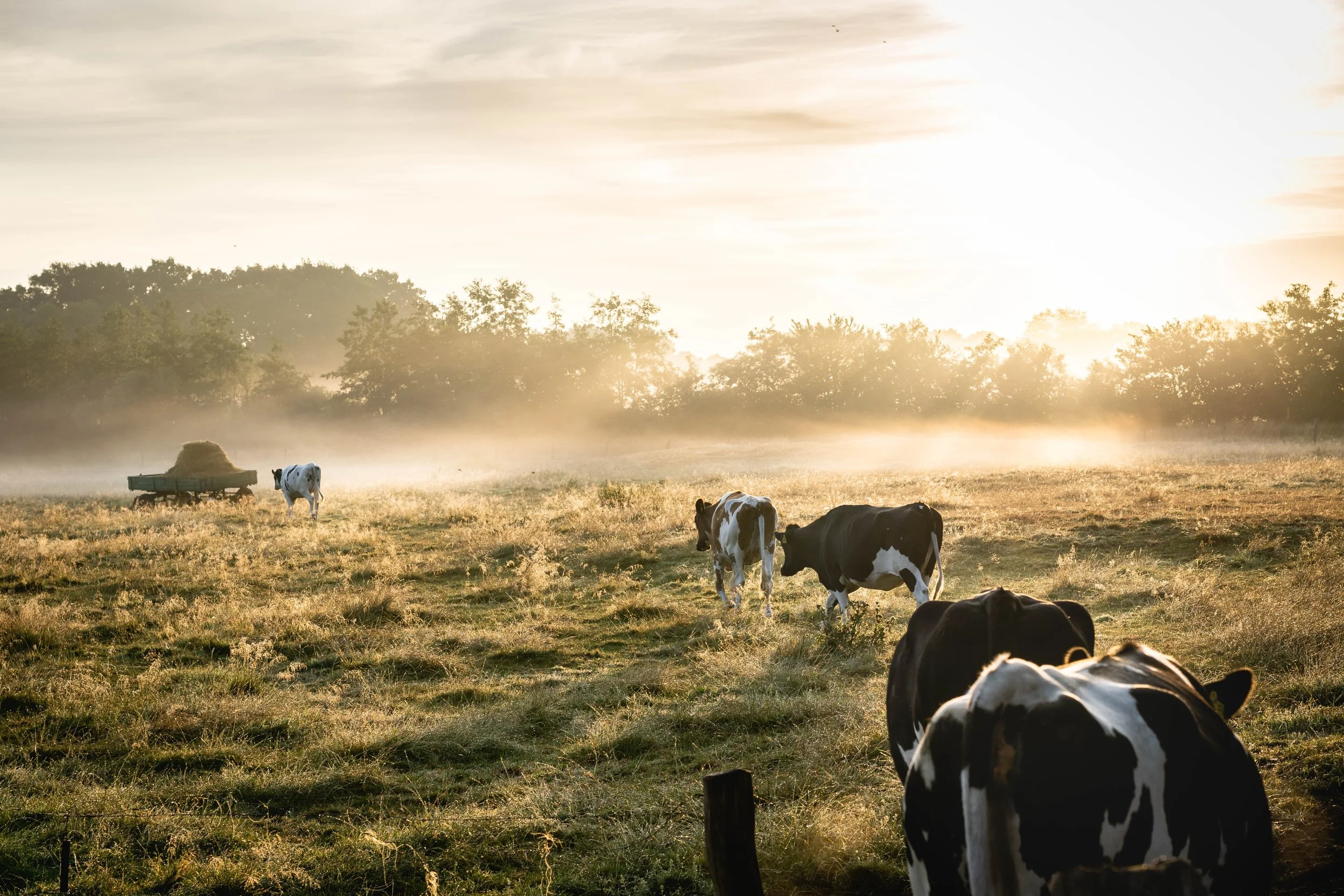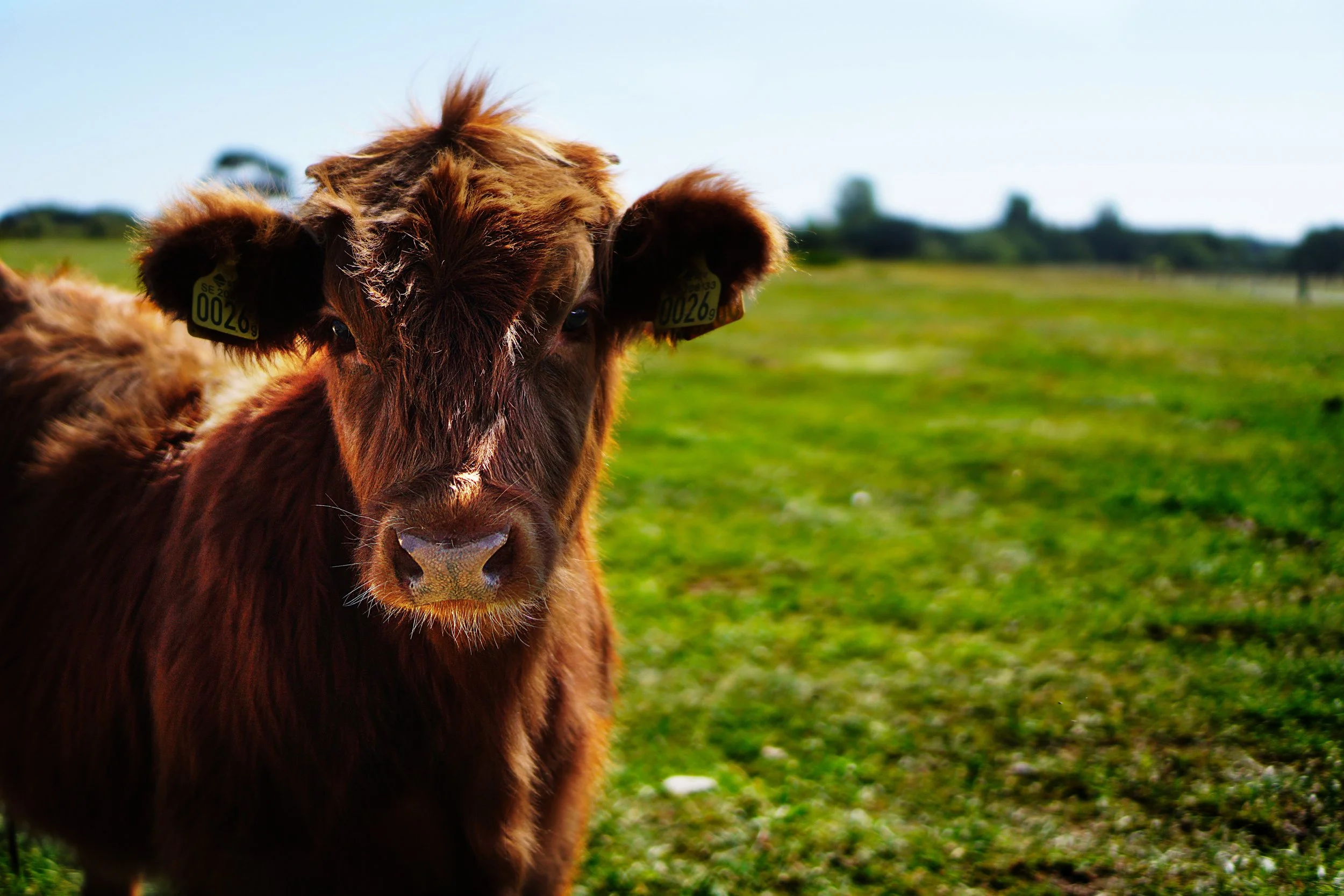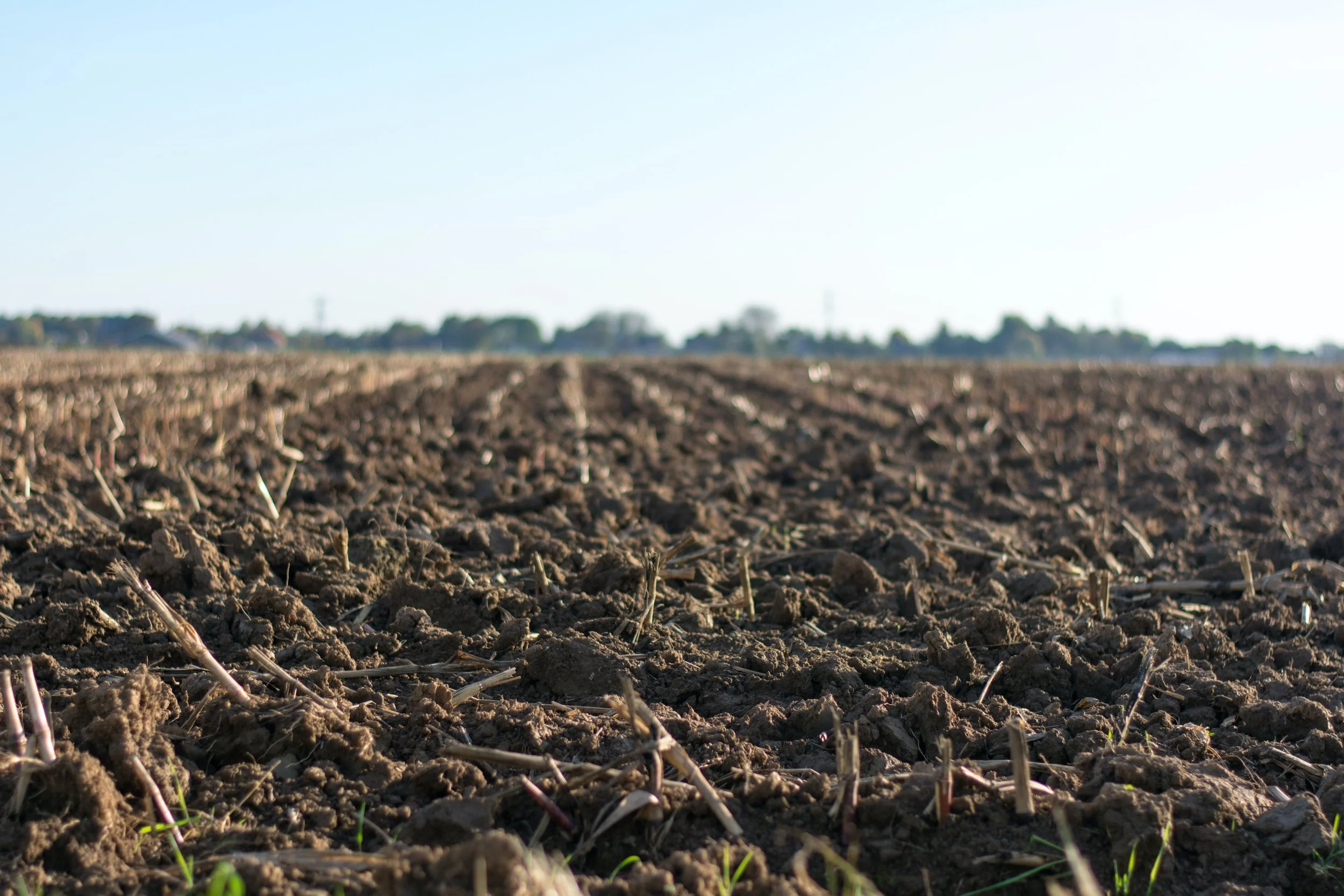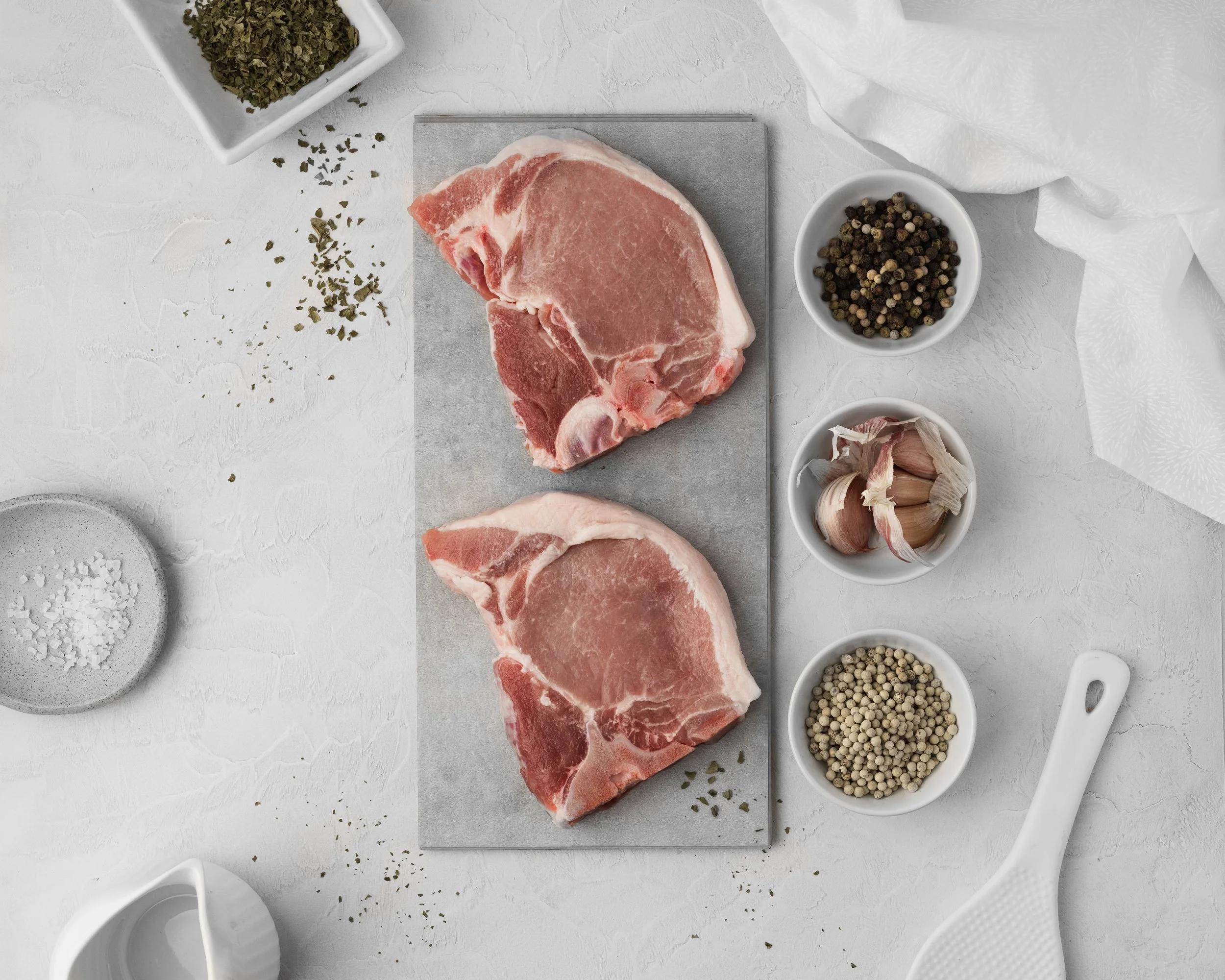It’s time you made the swap to Grass-Fed & Free-Range!
I am extremely passionate about sourcing good quality meat, but I know it can seem super expensive and confusing. So today I want to break down why it is important, how to make it inexpensive and where to source it! Let’s get straight into it.
What does grass-fed, free-range, pasture-raised etc mean??
Talk about CONFUSING! This is definitely done on purpose to confuse and manipulate consumers, so let’s break it all down.
These are some terms you will come across:
Grass-Fed & Finished: is what you should aim to buy. The cattle have eaten grass their entire life. Grass-Fed meats have a greater nutrient profile in terms of omega 3 fatty acids, beta-carotene, B-vitamins, vitamin E, calcium, potassium, magnesium and CLA.
Grass-Fed: can be the above (find out the farm its sourced from and their practices). However, they may have started on grass and have been supplemented with grain (potentially GMO) or finished on grain to make them gain weight prior to being slaughtered.
Grain-Fed: this is definitely what you need to avoid. This is usually a diet of grass and mostly grain, this particular grain is energy dense which promotes fast weight gain. This results in less flavoursome meat and a different (poorer) nutrient profile. The welfare of the animals is not at the same standard as grass-fed. To me, it just goes against nature, cows eat grass, let them eat their natural food source and why would we want to eat something that is making them fat?
Pasture-Raised – refers to the animals being raised on grass and doesn’t refer to what they have been fed. We do want the animals to be out enjoying pasture and roaming about in nature.
Free-Range – refers to animals not being enclosed 24 hours a day, they have access to outside, this doesn’t mean they have been outside or are always.
Organic – Refers to the feed being organic. This doesn’t guarantee that they are free-range though, nor does it state what the grain feed is…
I know that may still leave some questions, but it gives you a good indication of industry loopholes. We will chat about how to source your meat below.
What are the health benefits of eating grass-fed?
As I mentioned grass-fed meat has a greater nutrient profile with omega 3 fatty acids, beta-carotene, B-vitamins, vitamin E, calcium, potassium, magnesium and CLA. These are the nutrients our ancestors and grandparents were receiving. The agricultural and chemical revolution has screwed this up. We obviously want to be avoiding GMO, antibiotics, added hormones, fake chemicals which can be passed on to us and ultimately affect our health.
How does this meat affect the environment?
Eating Grass-Fed supports and promotes sustainable regenerative agriculture. The world is currently facing a gigantic issue with soil health quickly depleting, if this interests you, read this book here. Soil health is imperative for the environment and humans.
Eating pasture creates a natural cycle. The cows eat the grass, they poo on the grass, the soil retains the nutrients, and the cycle continues. Unfortunately, many agricultural practices are screwing up this cycle (like grain-fed cows) and our soil is becoming further nutrient depleted.
But Stacey how do I afford this meat?
One of my mantra’s here at Natural Spoonfuls is quality over quantity. This means reducing how much meat you are eating so you can afford quality. To be blunt, most people can do this quite easily and will end up spending the same amount or even less! Meat does not need to be consumed every day, there are other fantastic protein sources such as legumes which are a fraction of the cost and amazing for our health, in particular our gut microbiome. Try this Creamy Chickpea Curry or Roasted Cauliflower & Turmeric Lentil Soup.
Also consider cheaper cuts of meat instead of prized cuts like eye fillets. Offal meat is incredibly nutrient dense. Google recipes or ask your butcher. I love slow cooking various cuts like organ meats. I also think it’s disrespectful not to consume the whole animal if you are taking a life and sacrificing it. Many parts of the world consume the whole animal and they have the right idea! Not only is it incredibly good for you, but it’s also cost effective, more sustainable and hence better for the health of the planet! Homemade Chicken Liver Pate!? Who’s with me? (Such a great source of Vitamin A).
Okay I’m sold! Where do I buy grass-fed,
free-range?
Knowing where my meat comes from is extremely important, that goes with all food really, read more on this here.
I recommend buying from local farms, markets and butcher shops. Get to know your butcher and ask questions about where the meat is from, how it is raised and what it is fed. It can be quite difficult for farms to become certified organic (due to the certification expense); their meat actually might be organic though! This is why asking questions is imperative to finding out the quality.
To make life sooo much easier, I work with and rave about my friends at Butcher Crowd. They are a super convenient meat box delivery service that provide Aussies with Grass-Fed/Finished Beef & Lamb, Free Range/Pasture Raised Chicken & Pork and also have Wild-Caught Seafood. If you want to try them out, use code “NATURAL15” for a sneaky discount here.
After some Recipe Inspo?
Try Pasture-Raised Pork with my Banh Mi Burgers
Try Grass-Fed/Finished Lamb with my Slow Cooked Lamb Loaded Burritos
Try Grass-Fed/Finished Beef with my Almond Satay Beef Noodles
Try Free-Range Chicken with my Clean Chicken Parma
Want more?
My Low Tox Food Program is my signature program and honestly my true passion. It will help you get back in touch with REAL food. I go through every food product imaginable, giving you the confidence that what you are adding to your shopping trolley is free of nasties, additives and is actually going to nourish your body.
After some more nourishment?
Check out these articles!
· Flavours, Natural Flavours…What the heck are they?
· Are you drinking clean water?
· Eating Organic… is it Worth it?






